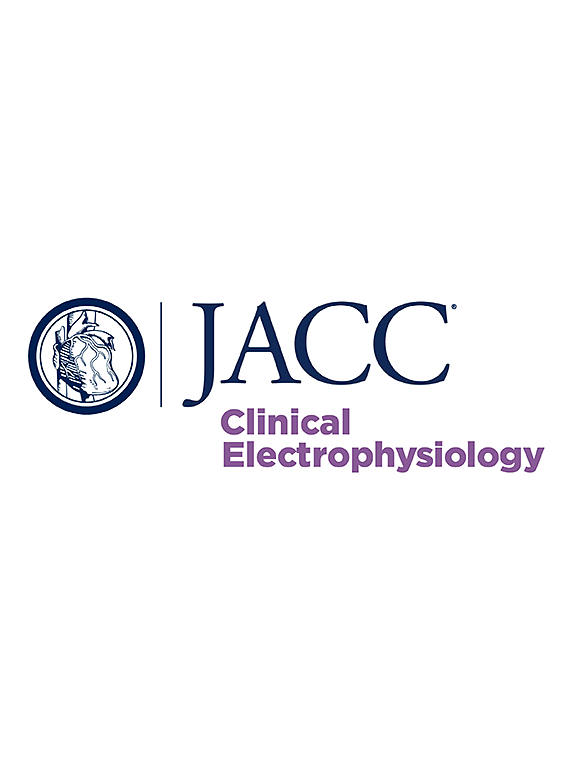心电药物反应的跨性别翻译器的开发与临床验证。
IF 7.7
1区 医学
Q1 CARDIAC & CARDIOVASCULAR SYSTEMS
引用次数: 0
摘要
背景:心脏电生理的性别差异严重影响心律失常的风险和治疗反应。与男性受试者相比,女性受试者发生药物性椎体扭转和心源性猝死的风险较高,主要原因是QTc间隔时间较长。然而,女性受试者在基础和临床研究中的代表性不足造成了偏见,限制了我们对性别特异性心律失常机制、风险指标和治疗结果的理解。目的:作者旨在通过结合人类心室电生理生物物理模型和统计回归模型,开发一种定量工具,根据男性受试者的数据预测女性受试者的心电图特征(反之亦然)。方法:建立男性和女性心室组织模型,结合跨壁异质性和性别特异性参数化,并从这些模型中获得伪心电图。使用多变量lasso(最小绝对收缩和选择算子)回归生成回归系数集(跨性别翻译器),将男性ECG特征映射到女性ECG特征。结论:我们提出我们的跨性别ECG翻译器作为一种新型的数字健康工具,可以促进性别特异性心脏安全性评估,确保药物治疗在性别上是安全有效的,这是解决女性受试者心脏治疗差异的重要一步。本文章由计算机程序翻译,如有差异,请以英文原文为准。
Development and Clinical Validation of a Cross-Sex Translator of ECG Drug Responses
Background
Sex differences in cardiac electrophysiology critically affect arrhythmia risk and therapeutic responses. Female subjects are at a higher risk of drug-induced torsade de pointes and sudden cardiac death, largely due to longer QTc intervals, compared with male subjects. However, the underrepresentation of female subjects in both basic and clinical research creates biases that limit our understanding of sex-specific arrhythmia mechanisms, risk metrics, and treatment outcomes.
Objectives
The authors aimed to develop a quantitative tool that predicts ECG features in female subjects based on data from male subjects (and vice versa) by combining biophysical models of human ventricular electrophysiology and statistical regression models.
Methods
Male and female ventricular tissue models were constructed incorporating transmural heterogeneity and sex-specific parameterizations, and pseudo-ECGs were derived from these models. Multivariable lasso (least absolute shrinkage and selection operator) regression was used to generate sets of regression coefficients (a cross-sex translator) that map male ECG features to female ECG features.
Results
The translator successfully predicted drug-induced effects on simulated female ECG features using simulated male ECG data as input, with an average discrepancy <5%. In addition, a proof-of-concept clinical application using ECG data from age-matched male and female subjects showed that the translator predicted relative drug-induced changes in female ECG features from corresponding male data under various drug regimens with an average error <6%.
Conclusions
We propose our cross-sex ECG translator as a novel digital health tool that can facilitate sex-specific cardiac safety assessments, ensuring that pharmacotherapy is safe and effective across sexes, which is a major step forward in addressing disparities in cardiac treatment for female subjects.
求助全文
通过发布文献求助,成功后即可免费获取论文全文。
去求助
来源期刊

JACC. Clinical electrophysiology
CARDIAC & CARDIOVASCULAR SYSTEMS-
CiteScore
10.30
自引率
5.70%
发文量
250
期刊介绍:
JACC: Clinical Electrophysiology is one of a family of specialist journals launched by the renowned Journal of the American College of Cardiology (JACC). It encompasses all aspects of the epidemiology, pathogenesis, diagnosis and treatment of cardiac arrhythmias. Submissions of original research and state-of-the-art reviews from cardiology, cardiovascular surgery, neurology, outcomes research, and related fields are encouraged. Experimental and preclinical work that directly relates to diagnostic or therapeutic interventions are also encouraged. In general, case reports will not be considered for publication.
 求助内容:
求助内容: 应助结果提醒方式:
应助结果提醒方式:


